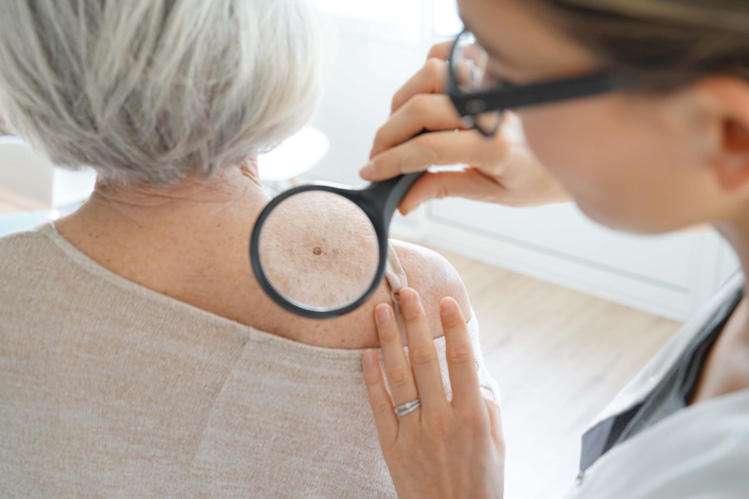Find a certified mohs surgery to remove skin cancer with minimal scarring.
Find a certified mohs surgery to remove skin cancer with minimal scarring.
Blog Article
Navigating Skin Cancer Therapy: The Essential Function of Mohs in Modern Dermatology Practices
Skin cancer, a daunting diagnosis, frequently leaves clients coming to grips with various therapy choices. Among these, Mohs surgical procedure stands as a beacon in modern-day dermatology, renowned for its thorough approach to cancer cells elimination and conservation of surrounding healthy tissue. This innovative technique guarantees not only remarkable cosmetic results but also uses immediate outcomes, alleviating individual stress and anxiety. As we discover the complexities of this treatment, one will certainly value its critical function in skin cancer therapy.
Comprehending Skin Cancer Cells: Kinds and Risks
Skin cancer, a possibly serious condition, is even more widespread than many individuals recognize. This disease, brought on by the unrestrained development of uncommon skin cells, largely results from DNA damages as a result of direct exposure to the sun and ultraviolet (UV) light. There are 3 primary kinds of skin cancer cells: Basal cell carcinoma, Squamous cell carcinoma, and Cancer malignancy. While the previous two are much less dangerous and comprise most of identified situations, cancer malignancy is the most unsafe. It makes up only concerning 1% of skin cancer cells situations but causes the huge bulk of skin cancer cells deaths - mohs surgery. Risk variables consist of fair skin, background of sunburn, too much sun direct exposure, living at high elevations or shut to the equator, having several moles, a household background of skin cancer cells, and deteriorated body immune system.
What Is Mohs Surgery and How It's Transforming Skin Cancer Cells Treatment
Despite the countless treatments presently readily available for skin cancer, Mohs surgical treatment stands apart as a groundbreaking and very effective solution. Called after Frederic E. Mohs, the physician who developed the treatment, Mohs surgical treatment is a specific medical method utilized to treat skin cancer. Throughout the treatment, thin layers of cancer-containing skin are gradually eliminated and checked out until just cancer-free visit here cells stays. This technique permits the specialist to verify that all cancer cells have actually been gotten rid of at the time of surgical treatment. This level of precision, combined with the ability to spare as much healthy and balanced cells as feasible, is reinventing skin cancer cells therapy. Therefore, Mohs surgery has come to be a cornerstone of contemporary dermatology techniques.
The Advantages of Mohs Surgical Procedure Over Typical Skin Cancer Therapies
Structure on the innovative nature of Mohs surgical treatment, it's vital to consider its countless benefits over traditional skin cancer cells therapies. Unlike typical procedures, Mohs supplies a greater cure rate, usually getting to 99% for novice treatments and 94% for reoccurring cancers cells. In addition, it reduces damage to healthy skin, leading to less scarring and enhanced cosmetic outcomes.
The Treatment of Mohs Surgical Procedure: What to Anticipate Throughout the Process

Possible Side Effects and Post-Operative Care of Mohs Surgery
Undertaking Mohs surgical procedure, like any other surgery, involves possible adverse effects that people ought to know. Typical adverse effects consist of discomfort, wounding, and swelling at the surgery website. These are generally short-term and manageable with over-the-counter discomfort medicine and ice packs. In rare situations, individuals might experience infection, blood loss, or a sensitive response to the anesthetic. Post-operative treatment is important to recovery and reducing side effects. This generally involves keeping the visit the site injury tidy and completely dry, taking recommended medicines, and preventing strenuous tasks. Patients should also go to all follow-up visits for injury treatment and tracking. Sometimes, added therapies might be required to ensure total elimination of the malignant cells. Abiding by these post-operative care guidelines can greatly improve healing and outcomes.
Conclusion

Report this page